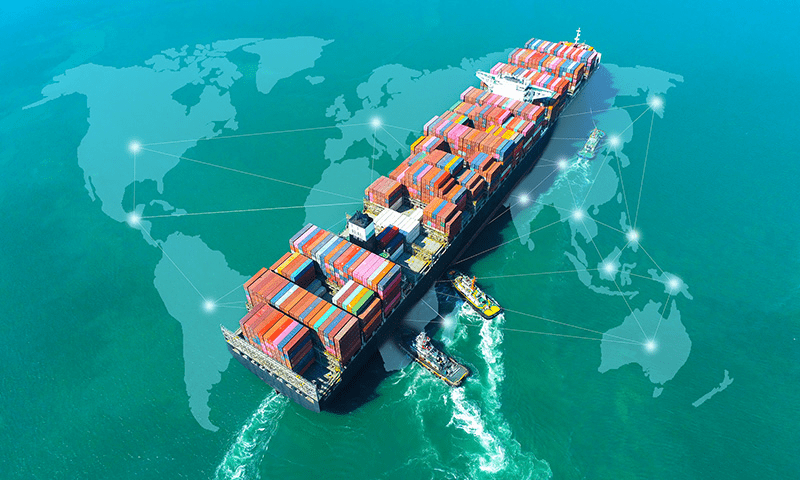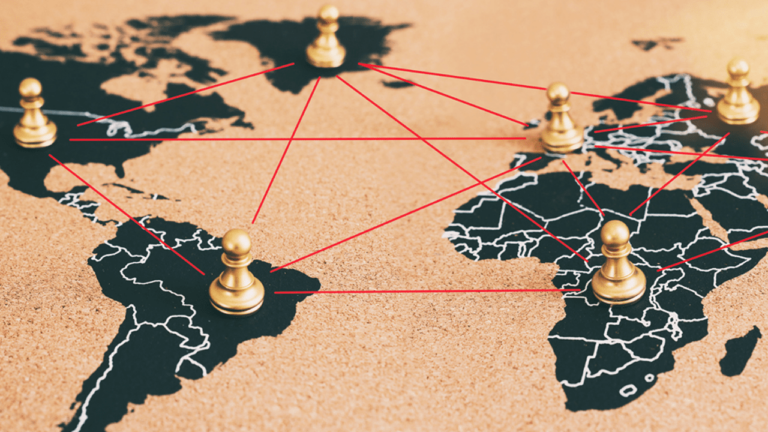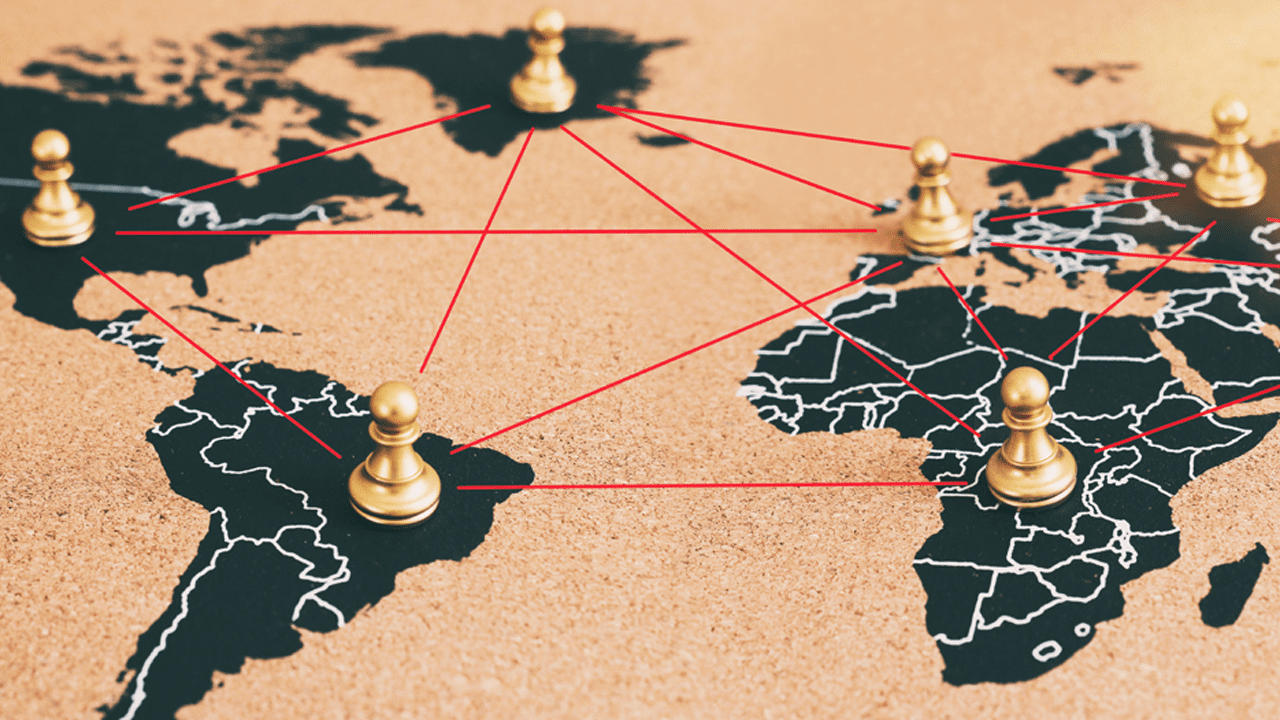Vivek Mehta
CEO and Managing Director,
TextilesBazaar.com
The global textile trade, once anchored in predictable economic cycles and established trade corridors, now finds itself navigating one of the most volatile geopolitical landscapes in decades. From the Russia x Ukraine war to the conflict in West Asia, from U.S. x China, U.S. x India tariff hostilities to fragmented global trade alliances, uncertainty has become the new constant.
For Indian textile exporters, these shifts are a double-edged sword, creating disruptions in logistics and demand, yet simultaneously opening doors to new markets, partnerships, and growth models. The challenge lies in how Indian businesses interpret and respond to these global tremors, transforming risks into resilient opportunities.
1. Global Conflicts, Economic Downturns, and Shifting Trade Alliances
1.1. Conflicts and Their Ripple Effects
The textile industry thrives on global stability, efficient logistics, predictable energy costs, and open trade routes. However, today’s reality is far from ideal:
- The Russia x Ukraine war has disrupted key shipping lanes, raised energy and raw material costs, and redirected trade flows across Europe and Asia.
- The Israel x Hamas conflict and broader tensions in the Middle East have created shipping disruptions in the Red Sea corridor, affecting transit times between Asia and Europe.
- Rising instability in the South China Sea and Taiwan Strait adds another layer of uncertainty for global trade routes.
These conflicts are not isolated; they compound one another, leading to unpredictable freight rates, insurance premiums, and shipment delays, all critical cost variables for textile exporters.
1.2. Economic Volatility and Consumer Behaviour
Global inflation, rising interest rates, and a cooling demand in Western economies are reshaping consumption patterns. Luxury and fast fashion brands are recalibrating their supply chains and inventory models.
At the same time, emerging markets such as the Middle East, Africa, and Latin America are exhibiting resilient growth in apparel consumption, offering Indian businesses a chance to rebalance their market portfolios.
1.3. Trade Alliances and New Corridors
While traditional globalisation faces headwinds, regionalisation of trade is accelerating:
- The U.S. is deepening ties with India through strategic supply chain partnerships to counterbalance China’s dominance.
- The EU–India FTA, under advanced discussion, promises tariff relief and improved market access.
- India’s Comprehensive Economic Partnership Agreement (CEPA) with the UAE is already boosting textile exports to the GCC, with the region acting as a re-export hub to Africa and Europe.
- The African Continental Free Trade Area (AfCFTA) and Indo-Pacific Economic Framework (IPEF) also offer India expanded routes for growth in the Global South.
Together, these developments mark a strategic reorientation from dependency on a few Western markets toward a diversified, multi-polar trading world.
2. Supply Chain Resilience and Diversification Strategies
2.1. Rethinking Sourcing and Manufacturing
The pandemic, followed by geopolitical shocks, has reinforced one lesson: supply chain concentration equals vulnerability. Many global brands are now diversifying sourcing away from single-country dependence.
For India, this shift presents an enormous opportunity. With a strong cotton base, an emerging MMF ecosystem, and a maturing garmenting sector, India can offer China-plus-one or even China-plus-two solutions for global buyers.
However, Indian businesses themselves must strengthen their resilience by:
- Localising critical inputs like dyes, fibres, and accessories to reduce dependence on imports from China.
- Digitising supply chains for real-time tracking, forecasting, and transparency.
- Developing regional clusters with plug-and-play infrastructure and integrated logistics.
2.2. Alternative Trade Routes and Logistics Security
The global logistics map is being redrawn.
- The International North–South Transport Corridor (INSTC) via Iran and the India–Middle East–Europe Corridor (IMEC) proposed at G20 could reduce dependency on the Suez Canal.
- India’s expanded port capacity in Mundra, Vizag, and Mumbai, along with dedicated freight corridors, will support faster, safer movement of goods even amid geopolitical disruptions.
Such diversification of routes and partnerships will determine export reliability in an uncertain world.
2.3. Ethical and Sustainable Positioning
As Western scrutiny intensifies, especially restrictions on textiles linked to Xinjiang, China, buyers are actively seeking suppliers with transparent and ethical sourcing.
Indian manufacturers, with their growing compliance ecosystem and traceable cotton supply chains, are uniquely positioned to benefit from this transition. Ensuring sustainability, ESG certification, and transparent labour practices is not just a moral choice but a strategic one for export competitiveness.
3. The Road Ahead: Turning Risks into Resilience
3.1. Building Strategic Depth
Indian textile businesses must evolve from transactional exporters to strategic global partners collaborating with brands on design, sustainability, and digital innovation.
Long-term contracts, co-creation initiatives, and value-added services (finishing, packaging, logistics) will help Indian suppliers lock in stability even in volatile global conditions.
3.2. Leveraging FTAs and Trade Diplomacy
India’s diplomatic engagement is more active than ever, with multiple FTAs in the pipeline (EU, UK, GCC, Australia). These agreements will lower tariff barriers, ensure smoother market access, and offer a first-mover advantage over competitors like Bangladesh, Vietnam, and Turkey.
Exporters must align their strategies to capitalise on these evolving trade frameworks.
3.3. Financial and Risk Management
Geopolitical volatility makes financial prudence vital:
- Use hedging tools to manage currency fluctuations.
- Secure export credit insurance to mitigate payment risks in politically unstable markets.
- Build regional market diversification to offset downturns in any single geography.
3.4. Innovation and Technology as Buffers
Automation, AI-based demand forecasting, and digital twins are emerging as tools to improve responsiveness and resilience. Government initiatives like PM MITRA parks, PLI schemes, and textile cluster digitisation provide Indian businesses the infrastructure to compete globally.

4. Conclusion: From Uncertainty to Opportunity
In today’s world, the rules of global trade are being rewritten by politics as much as by economics. Wars, tariffs, and alliances now shape supply chains as much as price or quality.
Yet, within this uncertainty lies India’s biggest opportunity in decades.
With a stable democracy, growing manufacturing base, and proactive trade diplomacy, India stands out as a reliable and resilient partner in an increasingly fragmented world. The next phase of Indian textile exports will be defined not just by scale but by strategic foresight, agility, and geopolitical awareness.
If the 1990s were about liberalisation and the 2000s about globalisation, the 2020s will be about geo-economic navigation and India’s textile sector is well-poised to steer through it with confidence, adaptability, and purpose.
Images are for reference only.Images and contents gathered automatic from google or 3rd party sources.All rights on the images and contents are with their legal original owners.


